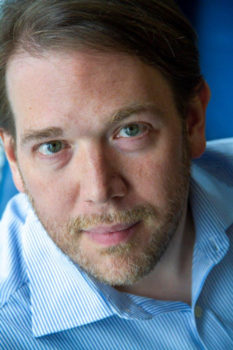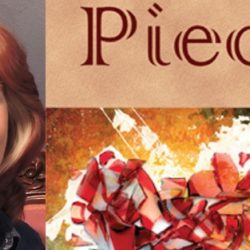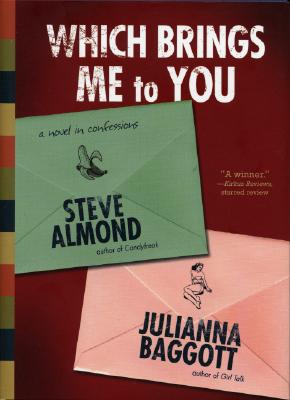That’s what Pamela Paul wants to know in her recent New York Times essay. Observes Paul:
But big type and short, plot-driven chapters aside, the erosion of age-determined book categories, initiated by Harry Potter, has been hastened along by an influx of crossover authors like Stephenie Meyer and interlopers like Sherman Alexie, James Patterson, Francine Prose, Carl Hiaasen and John Grisham, to name just a few stars from across the spectrum of adult fiction who have turned to writing Y.A. According to surveys by the Codex Group, a consultant to the publishing industry, 47 percent of 18- to 24-year-old women and 24 percent of same-aged men say most of the books they buy are classified as young adult. The percentage of female Y.A. fans between the ages of 25 and 44 has nearly doubled in the past four years. Today, nearly one in five 35- to 44-year-olds say they most frequently buy Y.A. books. For themselves.image credit: Ross McDonald, New York Times
Moreover, the lines between YA and “Grownup lit” (for lack of a better term) grow increasingly blurred. On a recent bookstore trip, I spotted Yann Martel’s Life of Pi on a high school reading list. Stieg Larsson’s Millenium Trilogy is only the latest example of novels with wide age appeal. Perhaps, as Paul suggests in her essay, the answer lies in the power of an old-fashioned story:
“A lot of contemporary adult literature is characterized by a real distrust of plot,” [TIME book critic Lev] Grossman said. “I think young adult fiction is one of the few areas of literature right now where storytelling really thrives.”
We’ve long been fans of smart YA here at Fiction Writers Review. So it’s refreshing to hear others agree: serious literary discussions can indeed follow from young adult–oriented literature.
* For those of you apparently too old, YA stands for “Young Adult lit.”






